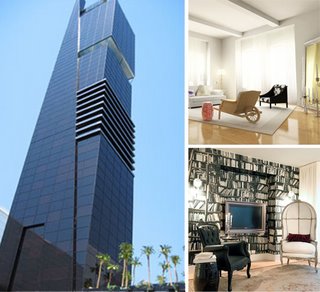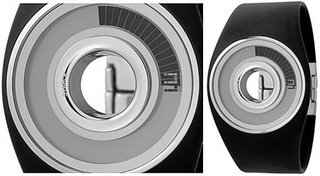Noted in the latest issue of Arabian Business magazine, a ‘contrast and compare’ piece dealing with two cities which are very much on my mind, Paris and Dubai
France
A thought piece, that’s what the Editor asked of me, “Just a thought piece every two weeks Rashid, about anything you like.”
Anything? Quite an expansive subject ‘anything’, I could go down the GQ/Maxim route, and talk about style, substance, superficiality, or I could keep it very focused and businesslike, all numbers and charts.
But I was asked for my thoughts, and as
My residence for the last ten days has been The Four Seasons Hotel, or le George V, as it is better known. Owned by Prince Al Waleed bin Talal, it has been dutifully restored, and has undergone a wonderful transformation to become - in my humble opinion - the best hotel Paris has to offer. It is worth noting at this point that this is the only city in the world with a superior ARR (average room rate) to
Driving around
This got me thinking – what defines a luxurious building? In
Here in
Talk to someone who is happily living in
Which one of the two has more of a right to be proud? What factors play a role in determining their relative success? Does historical importance supersede access to modern conveniences?
From a business point of view, the answer is not simple.
The paradox is clear. On one hand you have the Parisian buildings; with their listed, Louis XVI façades, and completely rebuilt, minimalist modern interiors. On the other hand, you have in
It is a tad nouveau riche to want all the state-of-the-art trimmings, but also fundamentally a question of economics: The demand for rooms in Paris is so high that operators do not have to provide all the trimmings – there’s no need to have that Bang & Olufsen flat screen on the wall.
Anyone who has been to
From an operator’s point of view, the global market is demanding more and more for its money. This could spell trouble if ‘incumbents’ in cities like
Rashid Galadari is the chairman of Galadari Investment Office. One of their real estate projects is the G Tower at the left. And although in his article he is talking about ‘classical on the outside and modern within’ (and vice versa) there was also the following to be noted on the TradeArabia website:
Yoo, a venture between renowned designer Philippe Starck and property developer John Hitchcox, will provide complete concept design for the interiors of the G Tower in
 Which sounds like modern on the outside and ironically post-modern within! I have always been a big fan of Starck, although never affluent enough to stay in a hotel room he has decorated. I find consolation in this instance in the fact that the new Philip Starck O-ring Digi watch below costs little over $ 100.
Which sounds like modern on the outside and ironically post-modern within! I have always been a big fan of Starck, although never affluent enough to stay in a hotel room he has decorated. I find consolation in this instance in the fact that the new Philip Starck O-ring Digi watch below costs little over $ 100. Also, if under $ 100 is what you prefer to pay for overnighting in Paris (if your budget doesn't stretch to Le George V), take heart from fact that bed-and-breakfast offers are, according to last Saturdays issue of The Times, increasingly available on both banks of the Seine. FInd out more here and here and here.
Also, if under $ 100 is what you prefer to pay for overnighting in Paris (if your budget doesn't stretch to Le George V), take heart from fact that bed-and-breakfast offers are, according to last Saturdays issue of The Times, increasingly available on both banks of the Seine. FInd out more here and here and here.


No comments:
Post a Comment